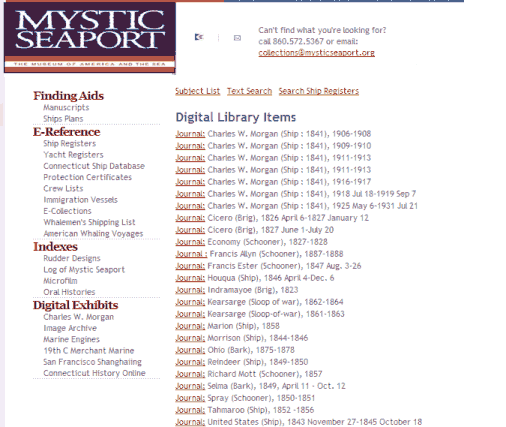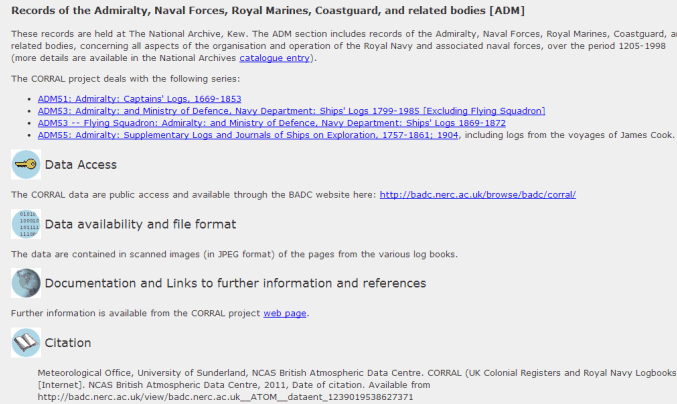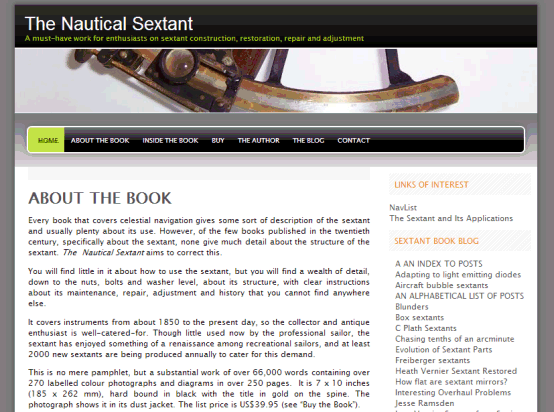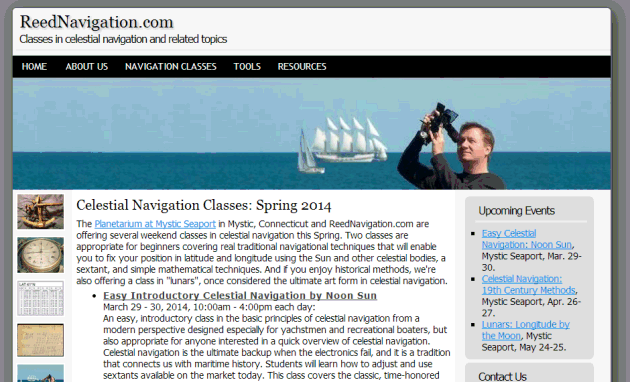
NavList:
A Community Devoted to the Preservation and Practice of Celestial Navigation and Other Methods of Traditional Wayfinding
From: Frank Reed
Date: 2024 Dec 29, 20:29 -0800
I was poking around in "Google Maps" in the former Königsberg, Prussia last night. After the Second World War that former German territory was annexed directly to Russia and today it is the Kaliningrad Oblast. The old city of Königsberg is now the port of Kaliningrad. I made my way there via a connection to astrometry and accurate coordinates for that brightest of navigation stars, Sirius.
It was at the old observatory in Königsberg that F.W. Bessel first noticed the wobbly proper motion of the star Sirius (published in 1844) and suggested that things were more complicated "out there" than the current generation of astronomers had imagined. He suggested tentatively that Sirius might have an invisible star nearby altering its motion. Invisible stars? A radical idea, but the best explanation for a wobbling star was gravitational. Of course in 1862 this faint but massive star was detected using a new world-class Clark refractor from downtown Cambridge, Massachusetts (a dark sky site back then), and a few decades later it was realized that this faint companion of Sirius was a brand new type of star and a new type of exceedingly dense matter: the degenerate core of a dead star, the first white dwarf.
Kaliningrad Oblast has a surprising amount of imagery in "Google Streetview" --surprising to me at least, given its military significance to Russia. After finding the ruined observatory last night, I started exploring and made my way to the old Russian "Foxtrot" submarine B-413, which is moored there as a museum sub. There are dozens and dozens of tourists' photos uploaded there, and among them I found an "umbrella" of a sort showing the northern constellations --see image below. I thought it might be displaying the circumpolar stars from Kaliningrad, but it extends to about 28° North Dec, which would imply a latitude hundreds of miles further north. If I allow generous refraction, St. Petersburg would fit --but that's probably not intentional.
Frank Reed
PS: There were formerly two Russian Foxtrots preserved as museum ships in southern California. I visited both some years ago. They both rotted away (submarines don't like water, oddly enough!). The one in San Diego was towed away to be scrapped about three years ago. The other, which is moored in Long Beach right next to the Queen Mary, behind a stone breakwater, is closed and abandoned to a colony of raccoons. There were articles about scrapping that one, too, a few years ago, but how can they get it out of there??







